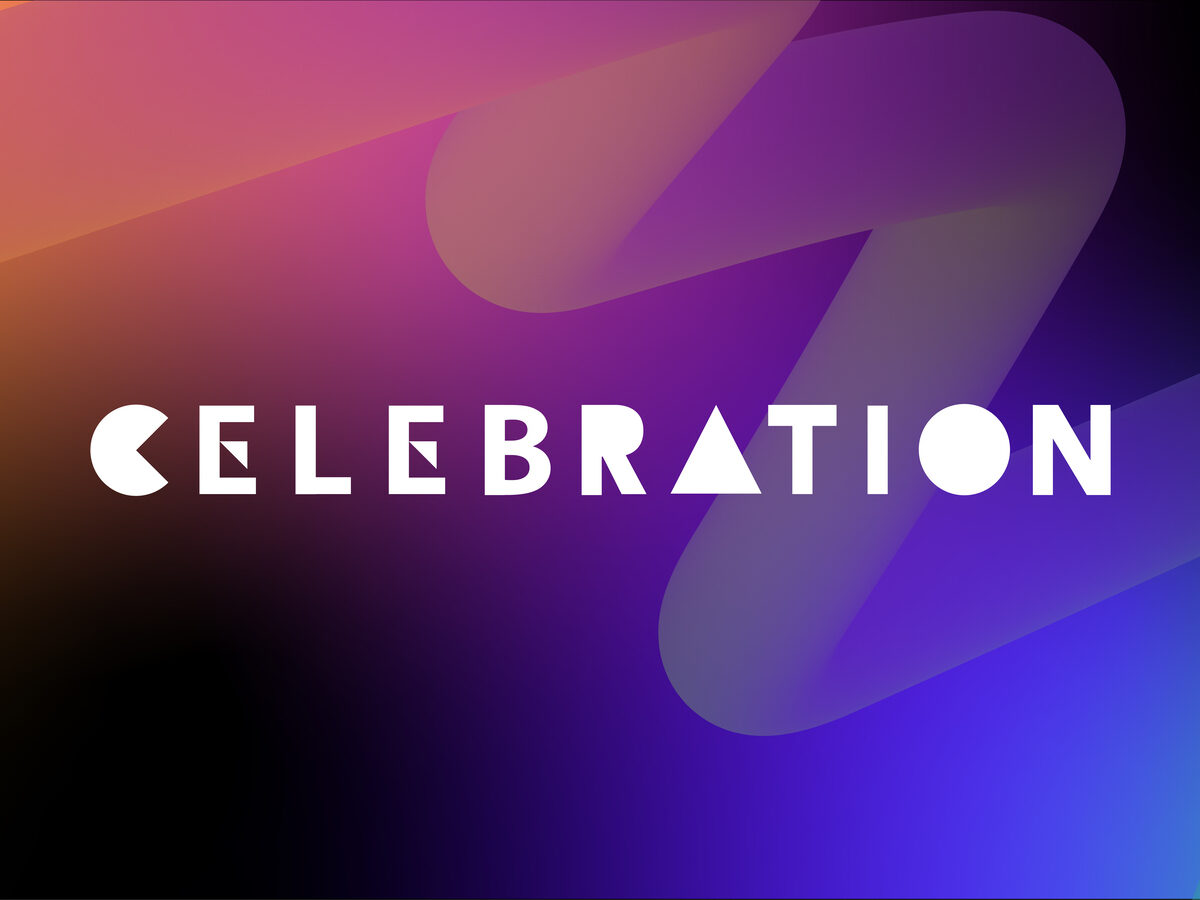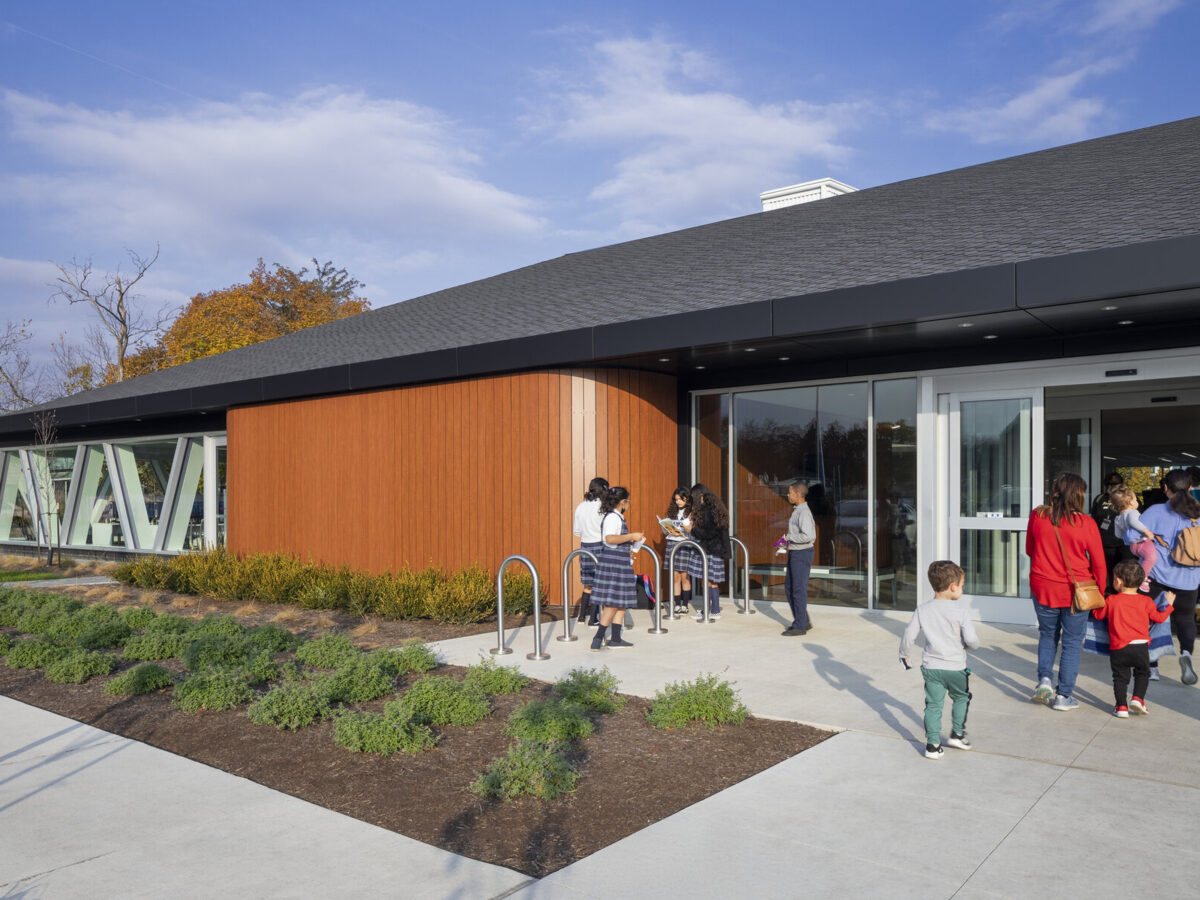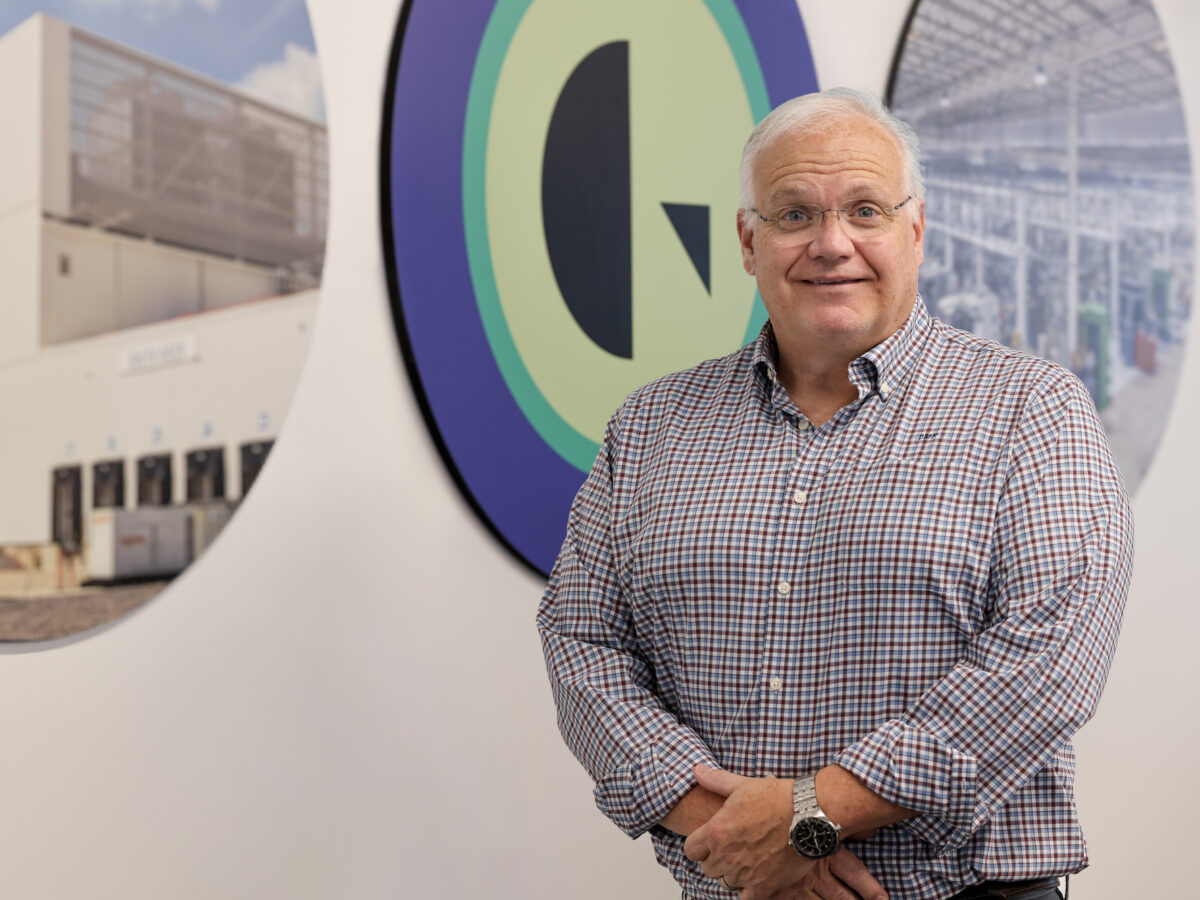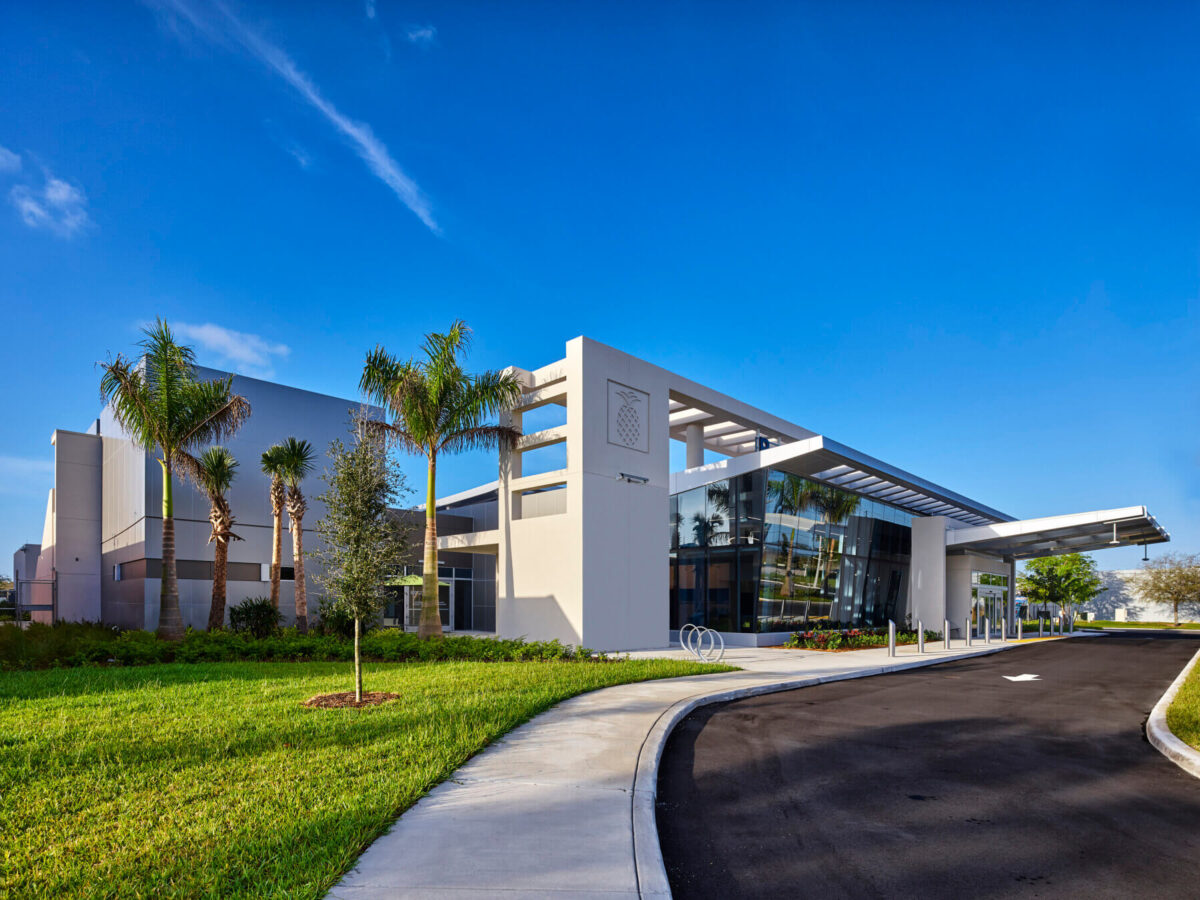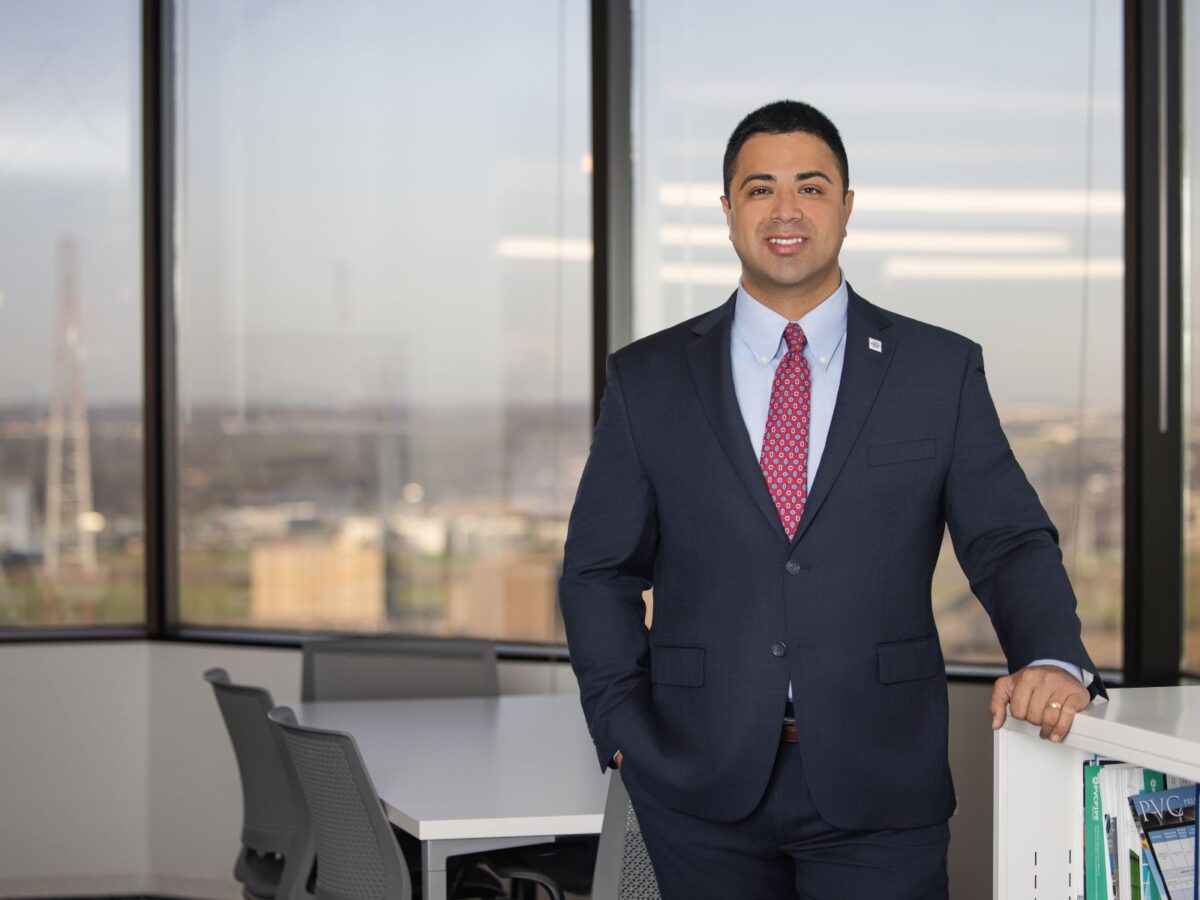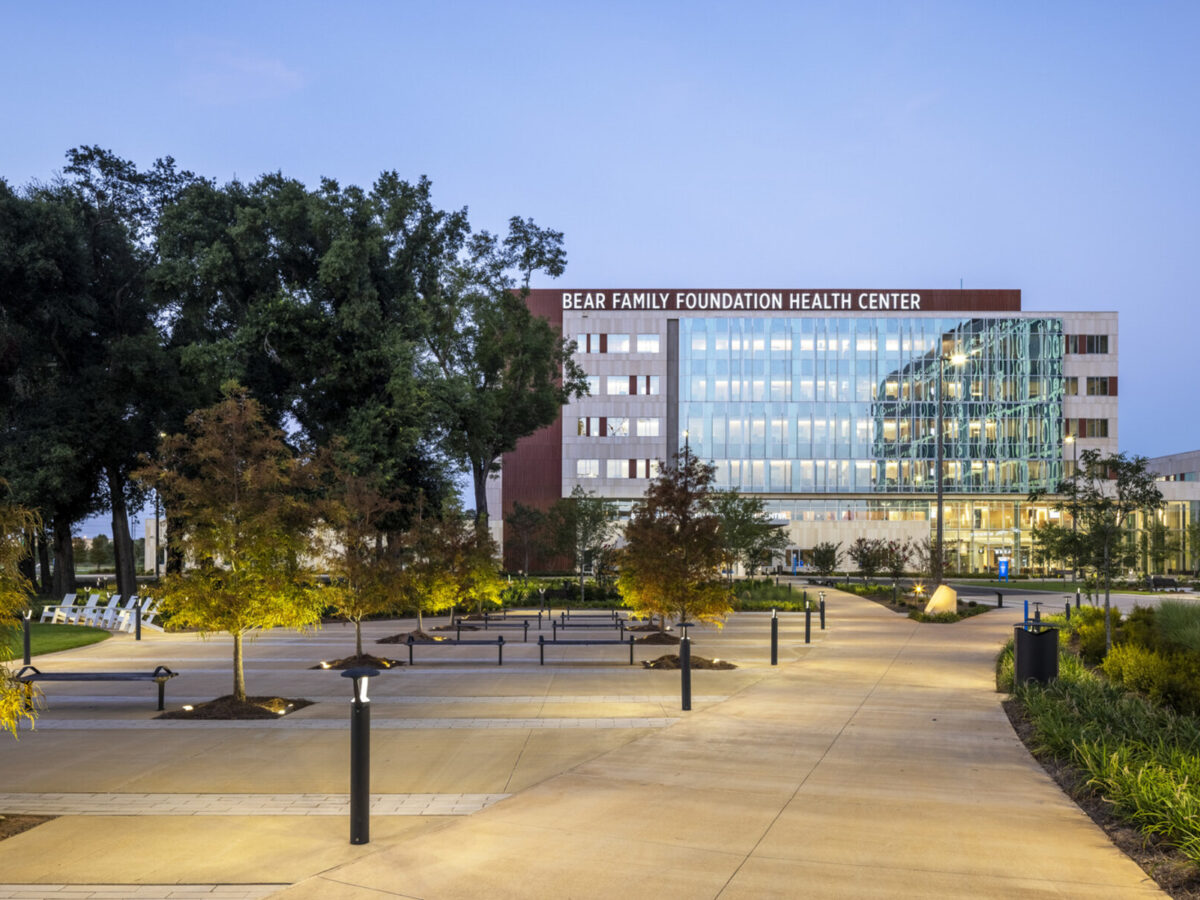On June 19, 1865, Union troops arrived in Galveston, Texas. While the Emancipation Proclamation had been signed by President Abraham Lincoln more two and a half years earlier in 1863, it was not until this date that African Americans in Texas were set free. It was a landmark moment in our country’s history, and the day became known as Juneteenth.
Since then, Juneteenth has been referred to as America’s second “Independence Day” and is the longest running African American holiday. Juneteenth is not a day that should simply be celebrated, however; it’s a day that should be honored.
When U.S. General Gordon Granger and nearly 2,000 Union troops arrived in Galveston, at the direction of President Abraham Lincoln, it was the first time the Union had a significant presence in Texas. For the past two years, slaveholders had moved to Texas, seeing it as a haven from the Union. For the next several months after his arrival, Granger and his troops traversed the state to find and free Texas-held slaves.
One year later, the newly freed Americans in Texas organized “Jubilee Day,” which would become an annual celebration featuring music, barbecues, prayer and more. As Black Americans spread out across the rest of the country, they brought the commemoration of Juneteenth with them, spreading its influence.
Our Actions As a Firm
As we recognize Juneteenth, it is more important than ever to honor our history, educate each other and recognize how we can carve a path forward.
Historically, the number of black architects and engineers has been disproportionately low—due, in large part, to a lack of opportunity for people of color to enter these particular fields. While there is still a lot of work to be done, I am proud to say that Gresham Smith is taking active steps to increase diversity—both within our firm and in our industry. For example, we are revitalizing our recruitment program at Historically Black Colleges and Universities, with a focus on getting students interested in the A/E industry from the very beginning. This will also allow us to build critical relationships and showcase that a career as an architect or engineer is not out of reach. We have also created an employee resource network (ERN) to promote the advancement and growth of multiculturalism within our firm, and our ERN members are working closely with our recruitment team to source a more diverse group of candidates for open positions.
Gresham Smith has also tied Diversity, Equity, Inclusion & Belonging into our 2025 strategic plan, which paves the way for longer-term actions that can lead to permanent changes. While we know that it will take time for our industry to be truly “reachable” for everyone, we also know that we must be intentional in our journey. We have a platform, we can get involved in difficult, but necessary conversations and each one of us can work to promote ever-lasting change.



